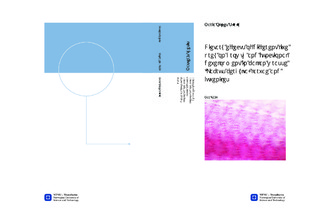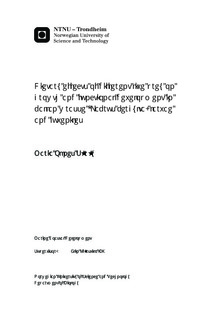| dc.description.abstract | Ballan wrasse (Labrus bergylta) is a new species in aquaculture, the newly initiated intensive production is a response to the increasing demands for wrasse as cleaner fish in salmon and trout farming. The dietary requirements of the ballan wrasse larvae are largely unknown. The nutritional quality of the live feed commonly used in the farming of marine larvae today, rotifers and Artemia sp., may be suboptimal to the dietary need of developing ballan wrasse larvae, and contribute to the problems with growth, survival and skeletal anomalies currently observed in the rearing of this species. Copepods are the natural feed for pelagic marine larvae. To use intensively cultivated copepod nauplii in the farming of marine species, either as a supplement to, or instead of rotifers or Artemia sp., have lead to improved growth and normal development, earlier onset of ossification, and less skeletal anomalies. The aim of this study was to examine the effects of four different feeding regimes from 4 to 30 days post hatch (dph), on larval growth, development and quality. The larvae in the Copepod and Cop7 treatments were fed cultivated copepod nauplii of the species Acartia tonsa from 4 to 30 dph, and from 4 to 10 dph, respectively. The larvae in the RotMG and RotChl treatments were fed enriched and unenriched rotifers (Brachionus ibericus Cayman), respectively. All groups were fed Artemia fransiscana nauplii from 24 to 51 dph, and formulated feed from 40 to 61 dph. The experiment was terminated on 61 dph. Growth and survival was recorded, and the quality difference between the larvae from the different treatments was assessed through several quality parameters; observations of larval behaviour, response to handling stress, bone ossification, and skeletal anomalies.The larvae fed copepods instead of rotifers showed better growth and stress tolerance, were more effective predators, showed earlier onset of ossification of the axial and fin ray skeleton, and had significantly less skeletal anomalies per larvae compared to the larvae fed rotifers, when the most common anomaly (twisted arches) was excluded. Larval size was consistently more related to degree of ossification than age. Growth was the parameter most notably affected by the diet, and significant differences in dry weight, standard length and myotome height was found already on 8 dph. | nb_NO |

